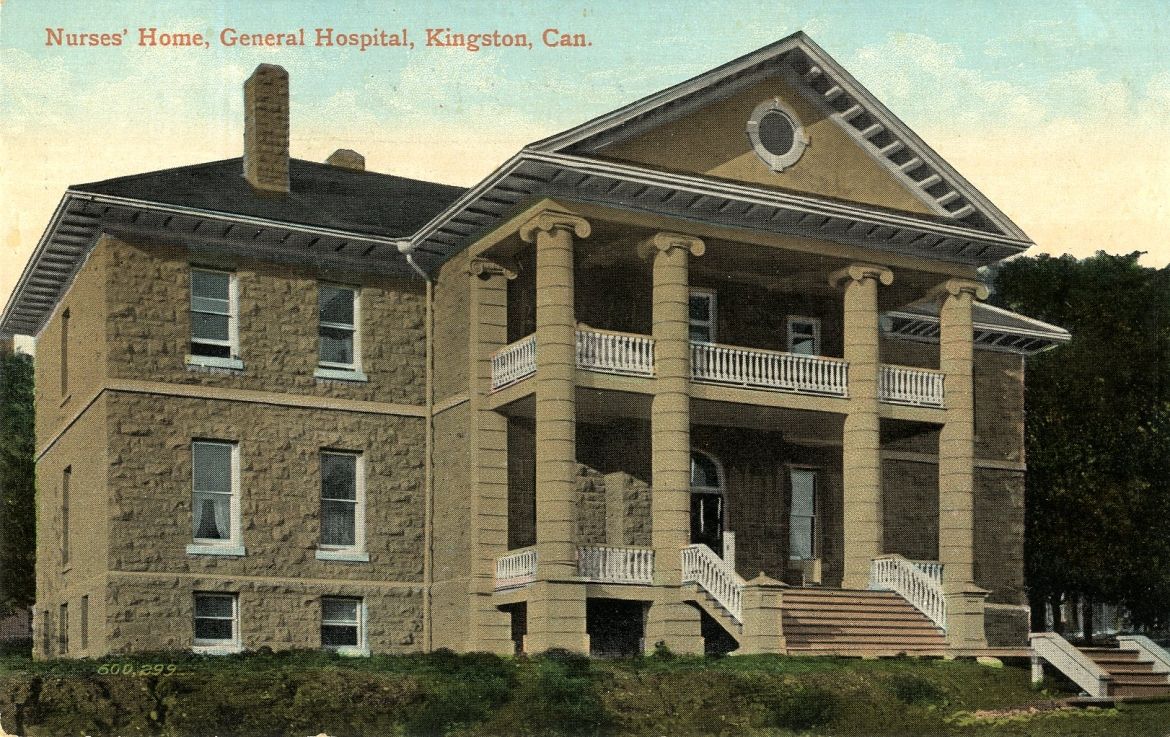Effective immediately masking is required for everyone when present on all inpatient units, in the Emergency Department (ED), the Urgent Care Centre (UCC), and the Children’s Outpatient Centre (COPC).
A dedicated Nurses' Home is built
In the late 1880's the KGH nurses-in-training were originally given accommodation in the Watkins Wing, but the expansion of the program quickly necessitated new quarters. One floor of the Nickle Wing was reserved for nurses’ quarters, which included five bedrooms, a bathroom, parlour and a dining room.
By the late 1890's there were between 30 and 40 nurses in the training program and the Nickle Wing was no longer adequate. The need for separation from the hospital was reinforced when a number of infectious diseases hit Kingston in the late 1890s and several nurses died or became seriously ill.
In 1902 temporary housing was found in Summerhill, on Queen’s University campus, and in Herchmer House, now the site of the University Faculty Club on Stuart Street.
Dedicated accommodation for student nurses finally opened in 1904. The Nurses’ Home, located behind the Doran Building and the Fenwick Operating Theatre, provided easy access to the hospital wards and space for the young women to study and socialize. Designed by William Newlands, the two-storey, hammer-dressed limestone, Beaux Arts-inspired building served as a residence until 1969, when all student nurses were moved to Waldron Tower at the end of George Street.
In 1942, the building was named to honour Ann Baillie, a graduate of the School in 1910 and its Superintendent from 1924 until her death in 1942. In 1997 the Ann Baillie Building was designated a national historic site and, today, houses the Museum of Health Care at Kingston.


A Nurses’ Home is constructed in 1903-04 as a residence for student nurses, an acknowledgement of the critical importance of the profession to the hospital.
